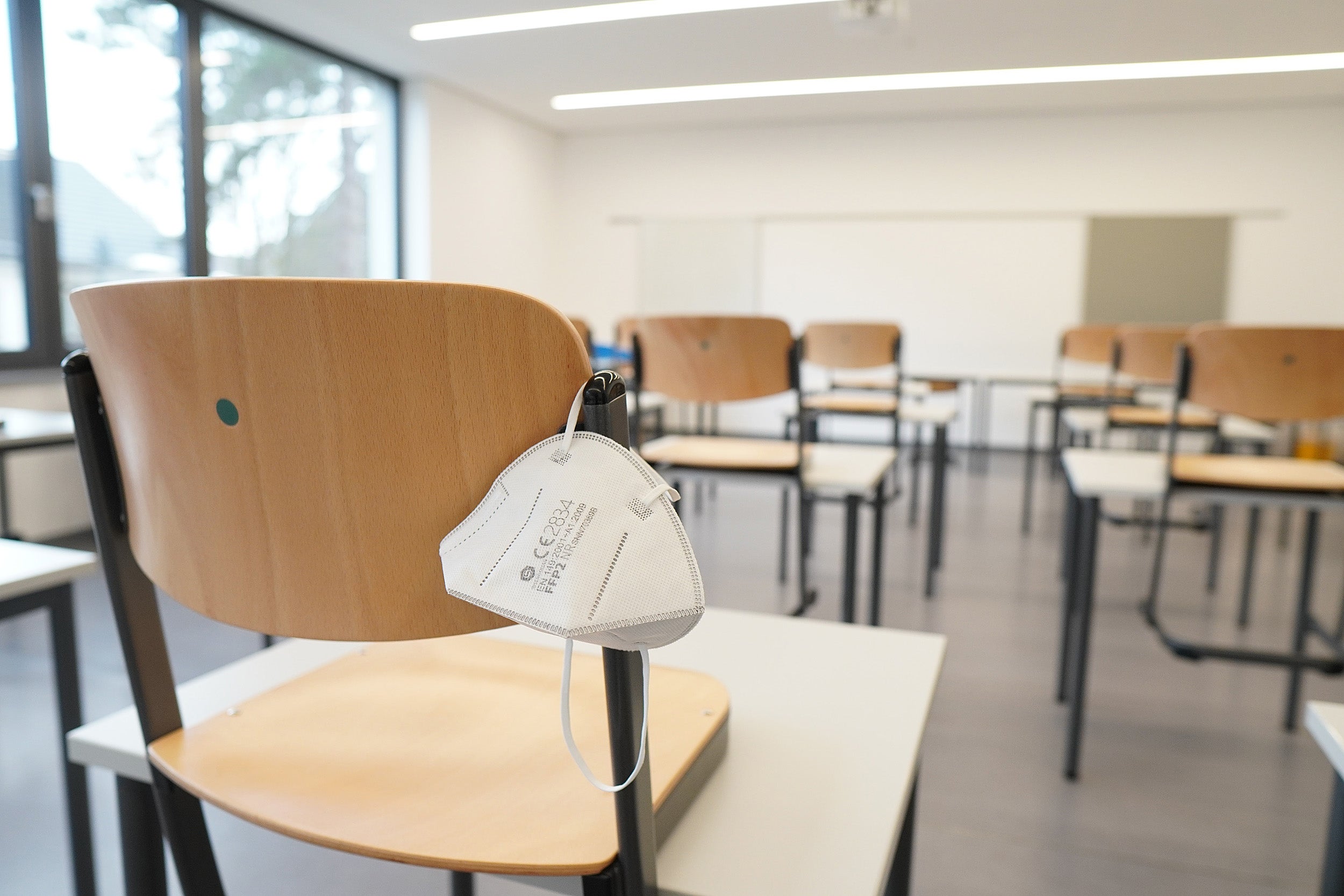While many educators this past year faced computer screens full of silent, black Zoom squares instead of a bustling classroom with enthusiastic raised hands, others — in districts like Nashville, Chattanooga, and Unity Point — found themselves on the phone with families and food banks coordinating meal deliveries or chatting with students about ways to combat loneliness. While teachers often support students and families in these ways, building this kind of connection was done intentionally and consistently through the pandemic across these districts with the help of success planning.
Since 2014, the Education Redesign Lab (EdRedesign) at Harvard Graduate School of Education has been working with a number of communities across the country to develop cross-sector collaborations and a system of 10 guiding principles for personalizing learning and connecting students with supports, resources, and opportunities using success plans. While districts already doing the work found success plans to be a promising means of reducing inequality and increasing engagement for all students, they were instrumental for continuing to do so during the pandemic and during the months of remote learning.
“We know that when schools went remote, it was so easy for kids to feel disconnected and fall through the cracks,” says Lynne Sacks, research director of the Education Redesign Lab. “Having those relationships in place made a huge difference. But we also saw some districts choose to develop this new approach or expand or deepen it to address acute needs during the pandemic.”
Success plans draw on two key concepts — that trusting relationships between adults and children are necessary for development and learning, and that providing supports to children leads to better outcomes. These plans tend rely on a “navigator” or coordinator who builds a relationship with students and their families to gather information and combines that with academic and non-academic data the schools gather like absences and grades. Having a navigator also ensures the student has a trusted adult outside of their family who can ensure the child stays connected to the school and receives support, even during periods of remote schooling.
In Nashville, the need to organize and track the needs of the 71,000 students during the pandemic was so pressing, the district quickly implemented a success planning initiative. Led by Keri Randolph, Ed.L.D.’20, executive officer of strategic, federal, state and philanthropic investments, and who has previously worked on success planning in Chattanooga, Tennessee and with EdRedesign, the district focused on contacting students and their families. 6,000 employees, ranging from teachers and administrators to paraprofessionals and front desk staff, conducted weekly check-ins based off scripted prompts.
“The navigator protocol gave us a system for reaching out to families,” says Myra Taylor, principal of Jones Paideia Magnet Elementary School. “It took a few weeks to catch on. But after that, the families knew we were going to call, that they could talk and share things going on in community we may not know about. It was this information wave.”





